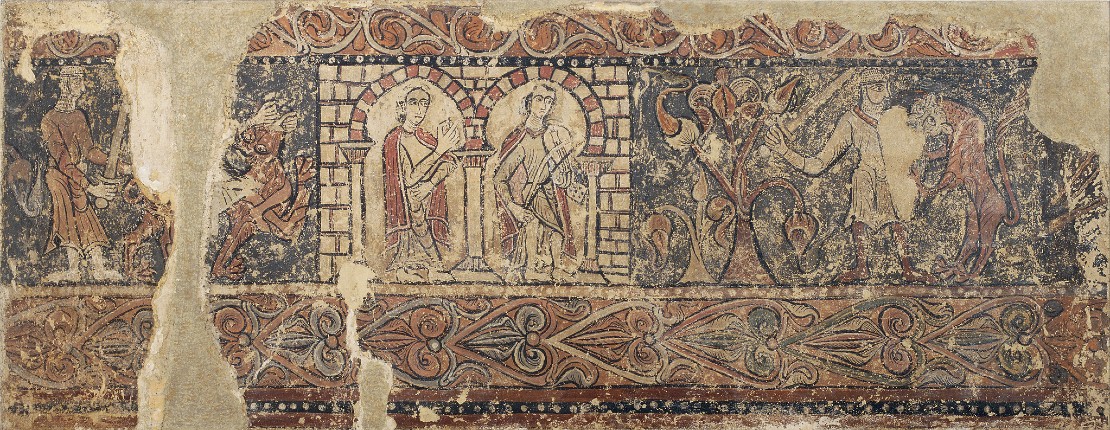
“When the student is ready, the teacher appears.” (A Buddhist proverb)
As we said in one of the previous chapter, a lot of adult students can feel anxious when they go back to school after a few years being out of the classroom. Our job as a teacher of adult students is to be positive, friendly and encouraging. Patients help too. It is sometimes important to know that older students need more time to respond if we ask a question.
Encourage your students to use their own life experience in the learning process too. As teachers we should minimise the fair of failure and the bad effect of past learning experiences by offering activities which are achievable for our students and correspond to their level.
Not only students can have some worries. There can be a problem for some teachers and it is age. School teachers are always older than their pupils and have the advantages of longer education. Not so teachers of adults. They can be younger than their students and may even be less intelligent. It is correct to have some worries about a new group of students, but both the problem and the solution are in our own hands.
Not only can the personality of a teacher but the leadership style lead to the success or failure of learning. We can distinguish three different types of leadership: authoritarian, where the leader is strict, bossy, encourages competitiveness and makes all important decisions himself; laissez-faire where the teacher does virtually nothing unless he is directly asked a question; and democratic, where the learners decide what they will do, and the teacher is someone who can affect individual solutions of problems. In the group where the teacher behaves authoritatively the learners are submissive and well behaved, but often mishear instructions, are competitive, mutually disparaging and show signs of aggression and tend to abandon work when the teacher leaves the room. On the contrary, the laissez-faire group does almost nothing whether or not the teacher is present. Under democratic leadership, the learners work well together without fare of one outdoing the other. There occur little tension or aggression and the temporary absence of the teacher make no changes in the amount of work the learners do.
It is clear that creativity is more encouraged in groups where the teacher does not dominate. There can develop pleasant social relationships; more students talk to one another and respect each other. On the other hand, dominant, aloof, authoritarian teachers tend to produce either very hostile or subdued group of learners who are individualists and do not want to co-operate.
